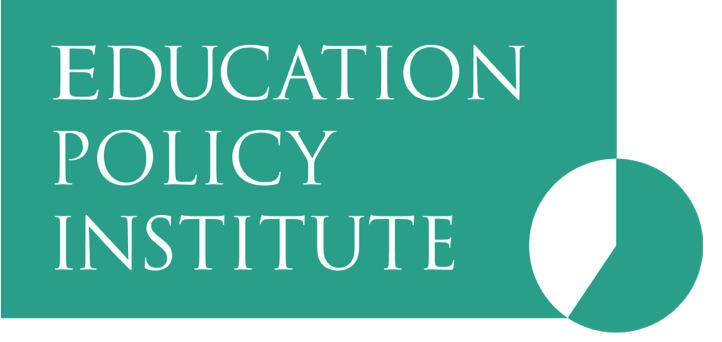This fourth and final report in a series produced by EPI and Renaissance builds on recent analysis from EPI and Renaissance measuring learning loss during the pandemic and outcomes for disadvantaged pupils. Our previous reports showed that learning loss as a result of the pandemic persists in maths and is the equivalent of two months of learning for primary pupils, and four months of learning for secondary-aged pupils. The pandemic was also associated with a widening of the attainment gap between disadvantaged pupils and their peers.
This final report considers outcomes by gender, by special educational needs status (SEN), by English as an additional language (EAL), and by region.
On gender, the report finds that:
- The pandemic appears to have had a bigger effect on girls than on boys, although girls still outperform boys in reading.
- In primary reading, outcomes for girls were largely the same as they had been prior to the pandemic, but there had been an improvement in the attainment of boys. The gap in attainment has narrowed by 1.0 months so girls are 3.1 months ahead of boys.
- In secondary reading, outcomes for girls have fallen and outcomes for boys are largely the same. The gap in attainment has narrowed by 1.2 months to 4.4 months.
- In primary maths, results have fallen for both boys and girls, but girls have fallen further so the gap has widened by 2.0 months to 2.9 months in favour of boys.
- In secondary maths, results have fallen for both boys and girls. The gap has narrowed by 3.6 months to just 0.3 months in favour of girls.

